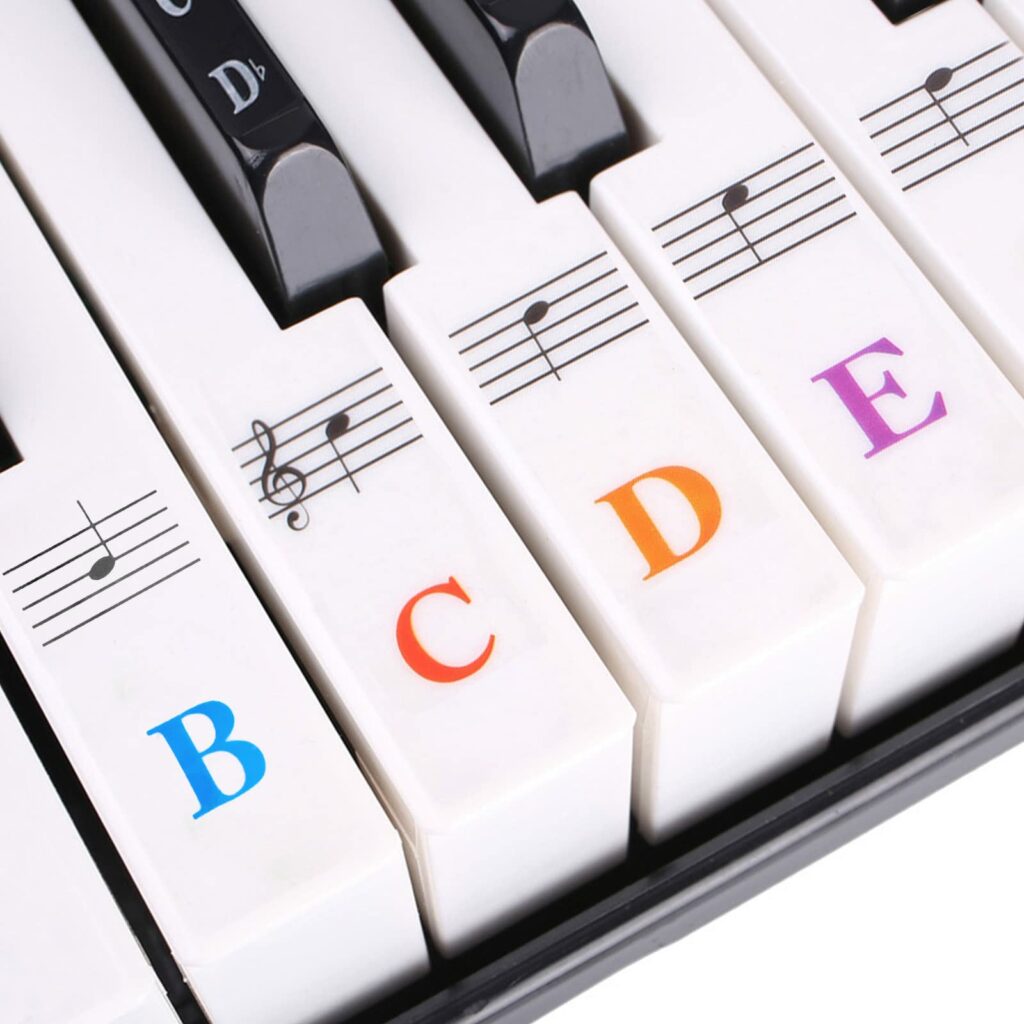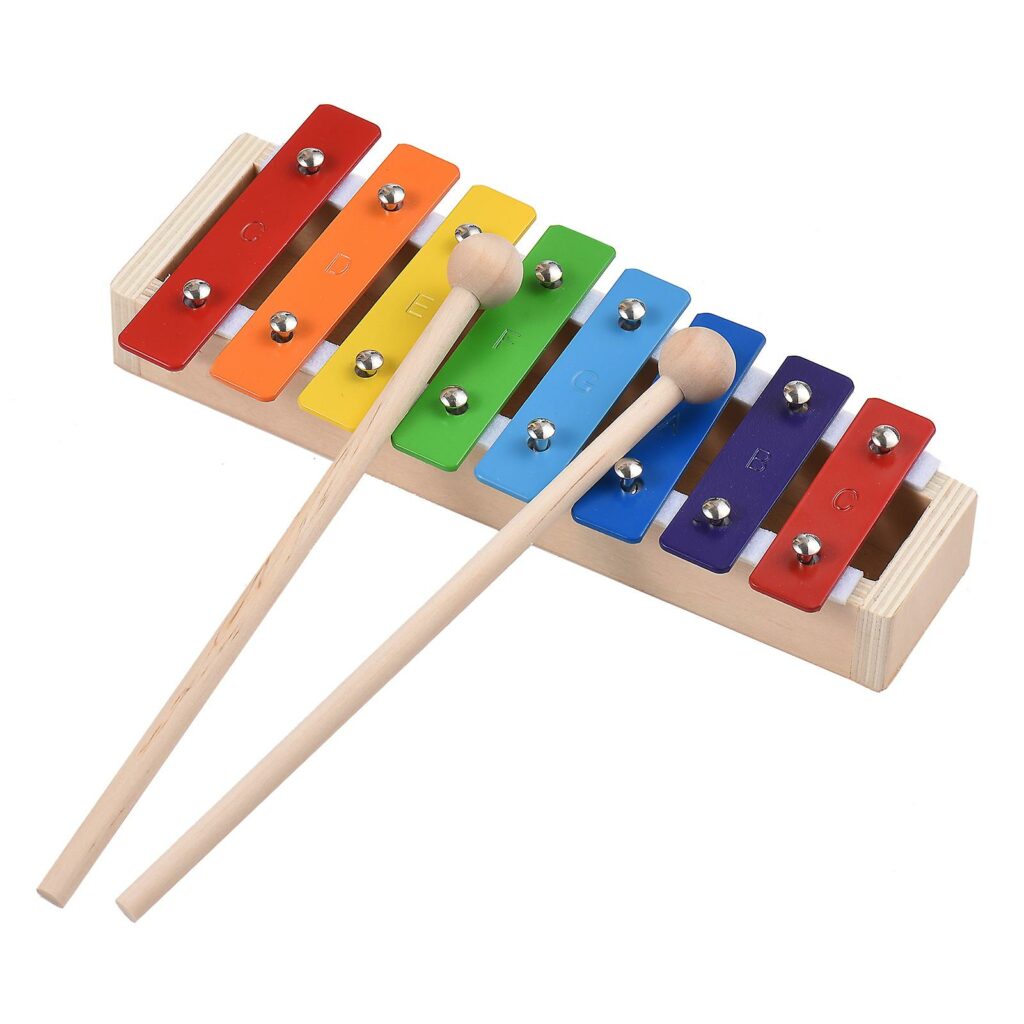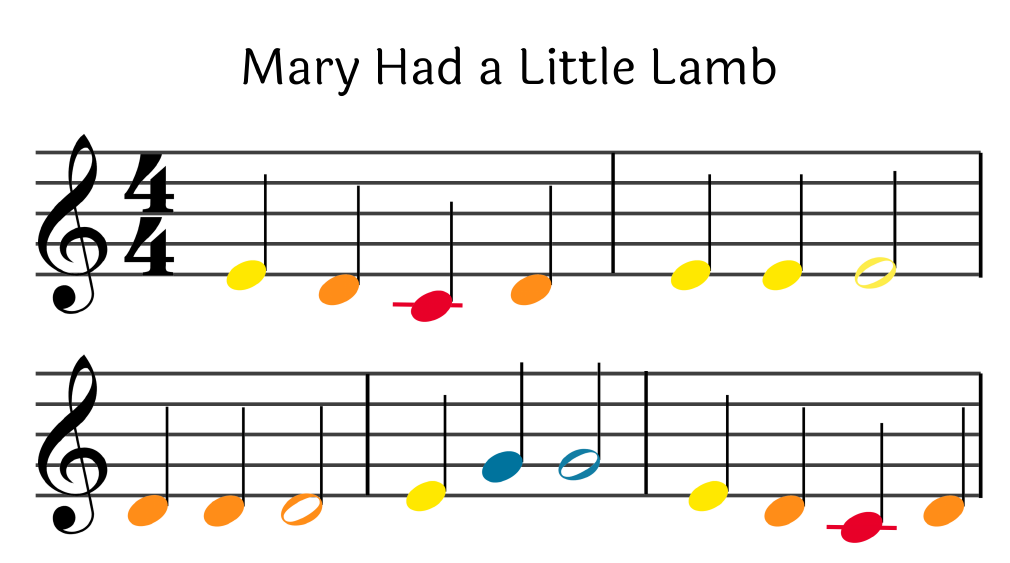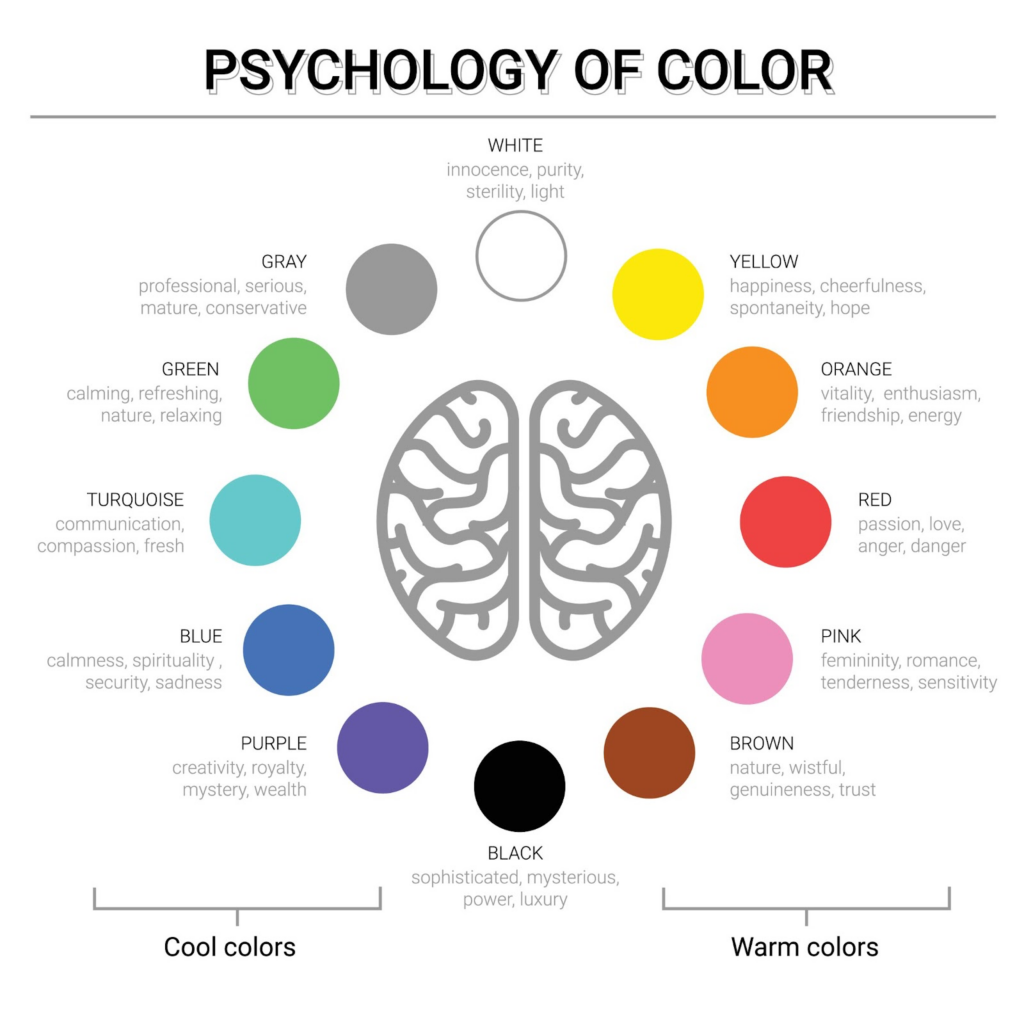Research shows that use of colors has a significant effect on memory. In the article The impact of colors on human memory in learning English collocations: evidence from south Asian tertiary ESL students (2020), J. Khan and C. Liu got their hypothesis confirmed. They wanted to test if students remember words better when they are written on colorful paper. The participants were parted in two different groups and thereafter tested in English collocations. The first group read the glossary on yellow paper sheets, while the second group practiced with normal black and white paper. According to the article, the first group outperformed the second.
Colors are used as tools all over the world. Personally, I have used color-coding to structure my notes and remember glossary for tests in school. In my head, different words and numbers are still connected to specific colors, and I believe it is a result of the use of colors in my notebooks. I associate several sociological glossaries with the color yellow, and picture some religious terms as red. Using colors as a memorizing technique has been helpful throughout my education.
How could this technique be used in music education?
One of my best friends used to have stickers on her piano as a child. Small pieces of masking tape with written letters were placed on the different keys (C-B). I always thought it was sort of stupid. For some reason, I considered it cheating, and thought she would never really learn the placement of the tones when she always relayed on the stickers. I might have had a point, but I now have an easier time also seeing the advantages.
I started playing the piano when I was 10 years old. Because I had been playing the trumpet for 3 years, I already knew how to read sheet music by that time. This made it easier for me to understand the placement of the tones and how they were connected. In retrospect, I truly understand that this part would be a lot more difficult for younger people without any musical knowledge. Especially children with developmental disabilities or learning disorders such as ADHD and dyslexia could struggle to read, understand and remember musical notation. I believe that stickers and the use of colors could help this group getting musical knowledge and motivation for further learning.


Children xylophones are often covered in 7 different colors. Each bar has its own color, all the way up to the second C (that shares color with the first C). When researching this topic, I quickly discovered that the color pallet is somewhat universal. The C is red, D is orange, E is yellow, F is green, G is blue, A is purple, and the B is pink. Just like the colors of the rainbow. The colors could also contribute to a better understanding of “half steps”, if the black keys were given a shade between the colors on each side.


Colors stimulate brain activity and provoke creativity. According to the Psychology of Color, all colors have different meanings and activates different parts of the brain. When implementing colors in education and connecting different tones with colors, it is important to choose the colors wisely. Certain colors contribute to improved mood, health, motivation and concentration, while other are not good for us in the long run. For instance, use of the color white in public spaces and schools has been linked to increased stress levels and reduced concentration (Grube, K.J. 2014). If colors are too intense, they can also be irritating and exhausting to look at. However, with the right wavelength, colors help us memorize and recognize differences. It also has the potential to positively address the growing issue of attention span among today’s youth.

References
Grube, K.J. (2014). Detrimental Effect of White Valued Walls in Classrooms. Educational Planning, v21 n2 p69-82.
Khan, J. & Liu, C. (2020). The impact of colors on human memory in learning English collocations: evidence from south Asian tertiary ESL students. Retrieved from https://link.springer.com/article/10.1186/s40862-020-00098-8
Koltuska-Haskin, B. (2023). How Colors Affect Brain Functioning. Psychology today. Retrieved from https://www.psychologytoday.com/intl/blog/how-my-brain-works/202301/how-colors-affect-brain-functioning
